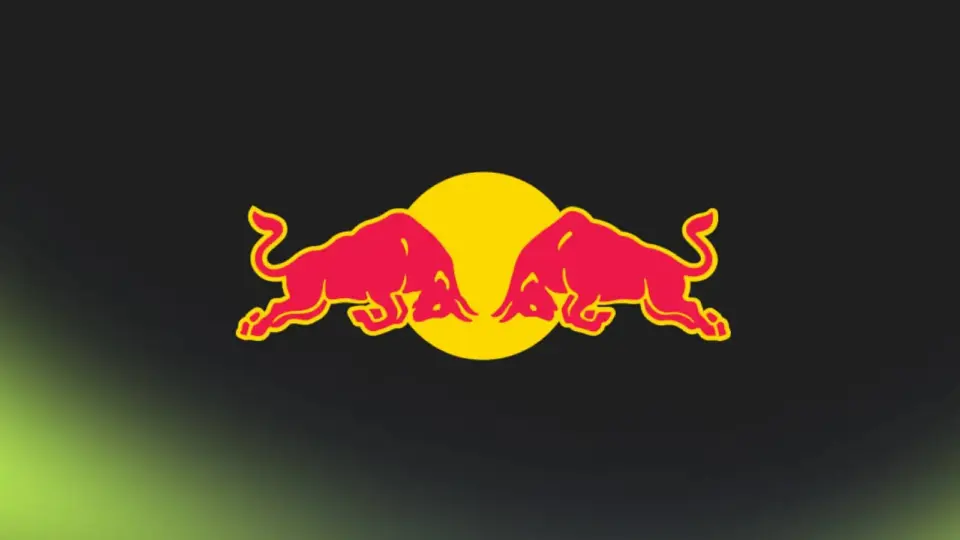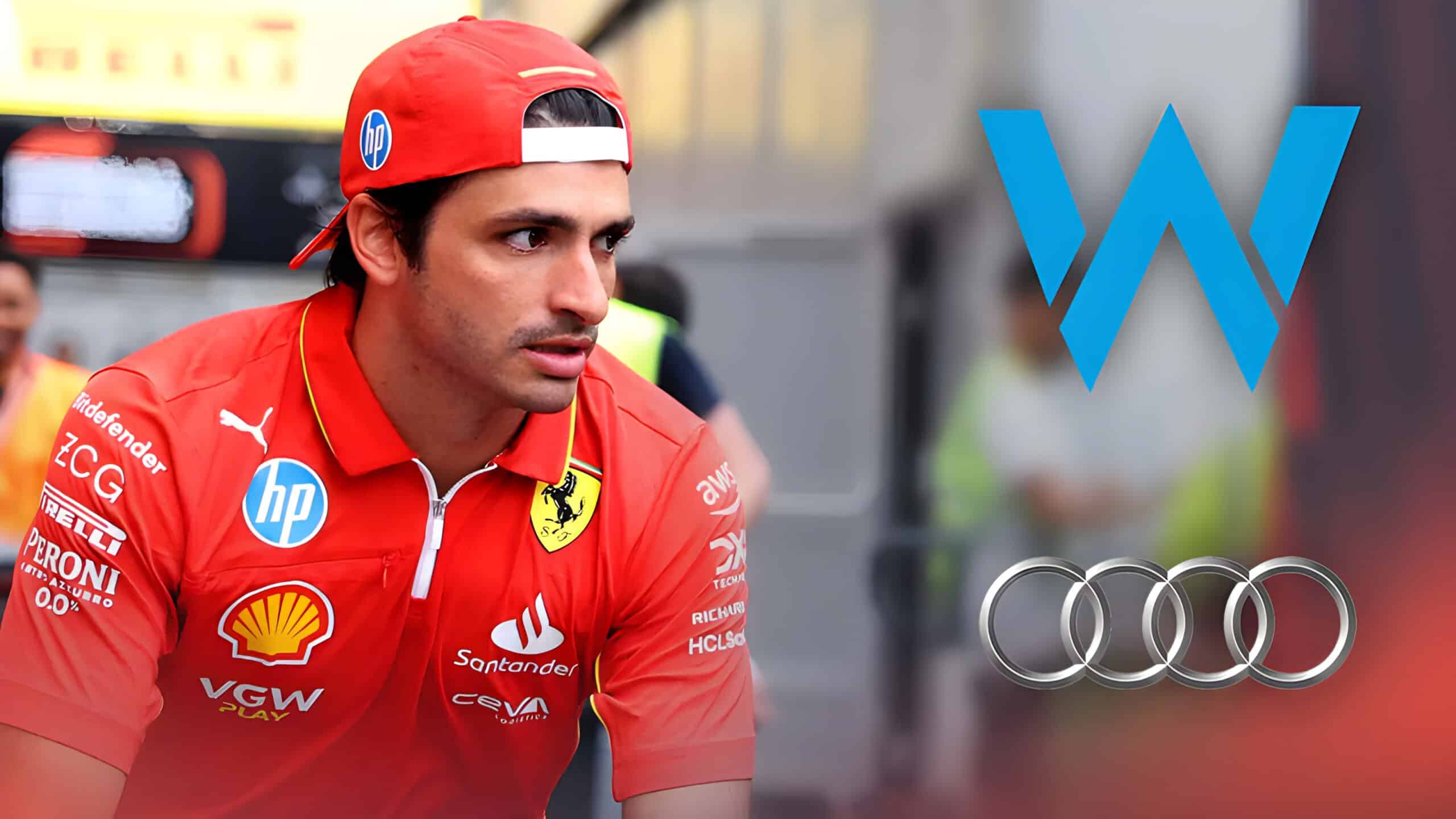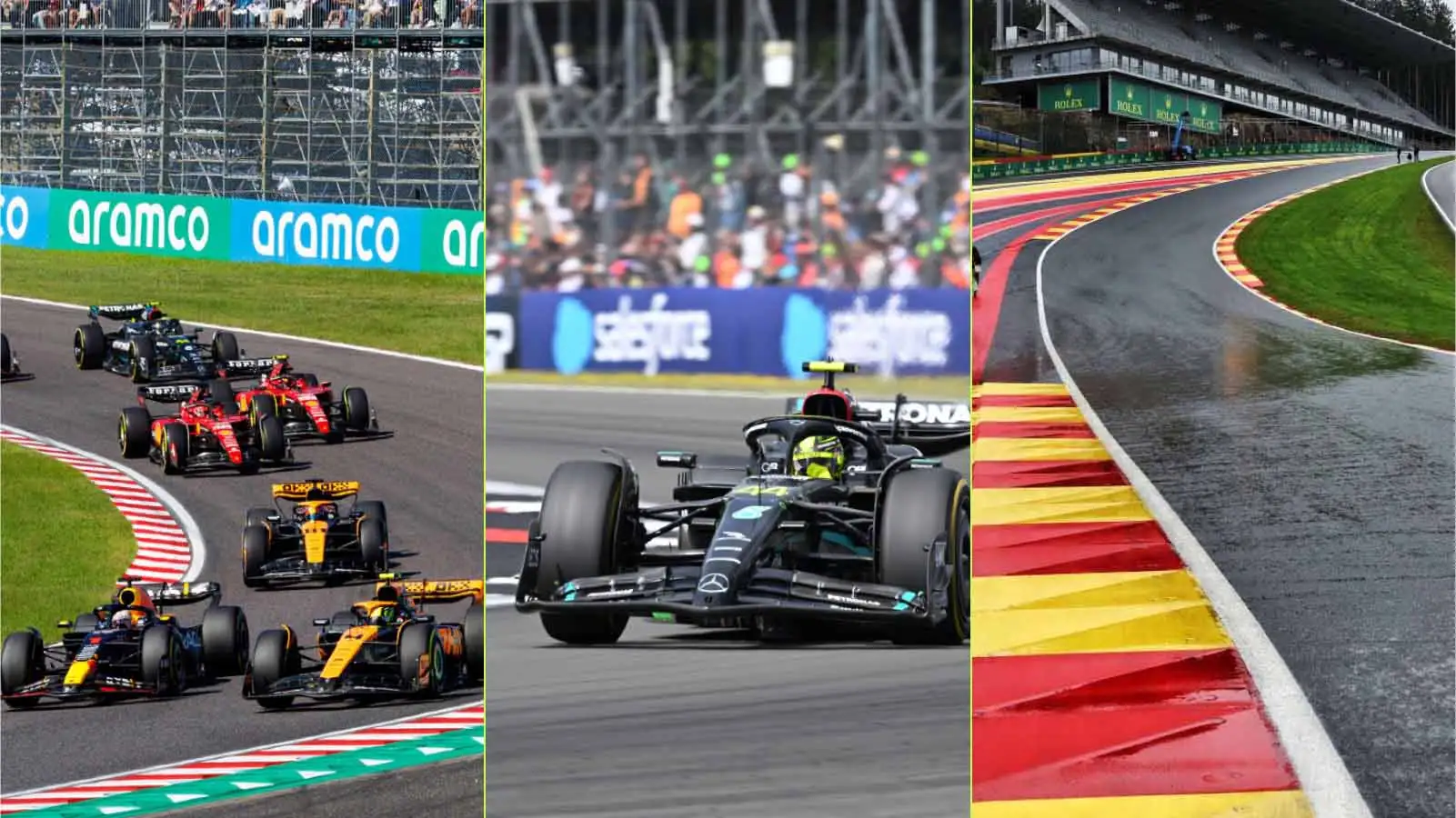Formula 1 races are known for their dramatic twists and thrilling performances. The recent race in Brazil was no exception. Starting from an unconventional schedule, with drivers in different time zones, the anticipation was palpable.
The focus was on Lando Norris and Max Verstappen, and whether Norris could challenge Verstappen’s dominance. As fans tuned in from around the world, the unpredictable elements of weather and strategy kept everyone on the edge of their seats.
A Race to Remember
In a race filled with unexpected turns, Verstappen’s victory was a testament to his exceptional skills. Starting at the back, he quickly maneuvered his way up, leaving fans awestruck. His performance was not just about speed but strategy, especially in the unpredictable weather conditions.
Verstappen’s determination was evident as he capitalized on every opportunity. He showed why he’s considered one of the best, controlling the race from the moment he seized the lead. It was a reminder of the fine line between risk and reward in motorsport.
Lando Norris: A Missed Opportunity
Norris started strong, but a poor start cost him. He couldn’t capitalize on his pole position, raising questions about his readiness to challenge seasoned racers like Verstappen.
Despite a strong car, Norris seemed to struggle under pressure. It highlighted the gap in experience and perhaps the mental fortitude required at this level of competition.
Strategic Decisions: A Game of Chess
Decision-making in Formula 1 can be likened to chess. Each team carefully considers their moves, especially when conditions change unexpectedly. The rain in Brazil brought out different strategies, showing how crucial adaptability is.
Some teams, like Alpine, benefited from daring strategies. Others, notably Williams, struggled, proving that boldness needs to be matched with execution.
Alpine’s Surge Forward
The race was remarkable for Alpine, who jumped from ninth to sixth in the standings. Their strategy paid off handsomely, as they handled the wet conditions better than many expected.
The team took calculated risks, allowing their drivers to shine amidst the chaos. It was a reminder of how teamwork and strategy go hand in hand.
The Role of Weather in Racing
The Brazilian weather added another layer of complexity to the race. Rain can be both a blessing and a curse, demanding quick adjustments from all involved.
Weather impacts not only strategies but also unveils the skill levels of drivers. Those who can adapt, like Verstappen did, often emerge victorious.
Interestingly, wet races often bring out the best in certain drivers, revealing their true capabilities. Max Verstappen’s ability to handle the conditions superbly underscored his talents.
Persistent rain turned the track into a battleground where only the best-prepared could thrive. It was a classic test of skill versus the elements.
The Controversial Point System Debate
Debates around the point system have resurfaced, with some arguing for a change to reward consistency. The Brazilian race highlighted these concerns, especially with teams like Alpine gaining massively from one successful outing.
While others debate the fairness of the current system, it’s clear that performances like Verstappen’s transcend the rules. His dominance is often outside the conventional scoring discussions.
Rookie Challenges Under Pressure
The race tested rookies who are still finding their footing. Behrman and Colapinto, newcomers with much to prove, faced the harsh realities of Formula 1 as they struggled in the wet conditions.
These moments are invaluable for growth, offering lessons that no simulator can replicate. With each race, rookies learn and adapt to the high stakes of this sport.
Experience matters, as shown in Brazil. Veterans can navigate the complexities that catch rookies off guard, further emphasizing the steep learning curve in Formula 1.
Tensions Within Teams
Team dynamics often shift during high-pressure races. In Brazil, discussions about strategy, performance, and standing became more pronounced.
The tension between Norris and his team was palpable, reflecting the internal challenges faced by drivers under scrutiny.
The Future for Teams Like Williams
Williams faced a tough race, highlighting their ongoing challenges. Despite these setbacks, the team continues to push forward, hoping to climb up the standings in future races.
Their performance in Brazil was a learning point, emphasizing the importance of resilience and strategic planning.
In racing, every setback is an opportunity to improve. For teams at the back, each race offers a chance to regroup and strategize for better results.
An Outlook for Upcoming Races
As Formula 1 prepares for the upcoming race in Las Vegas, all eyes are on the drivers who have shown promise. Verstappen’s form makes him a favorite, but surprises are always possible.
The challenges faced in Brazil serve as a reminder of the unpredictable nature of the sport, promising more excitement in the races to come.
In the end, the Brazilian Grand Prix delivered excitement and drama, leaving fans with much to discuss. Verstappen’s victory was a highlight, showcasing the skill and strategy that defines Formula 1.










